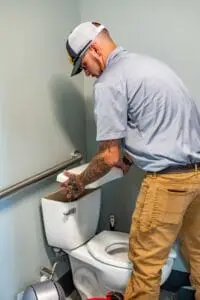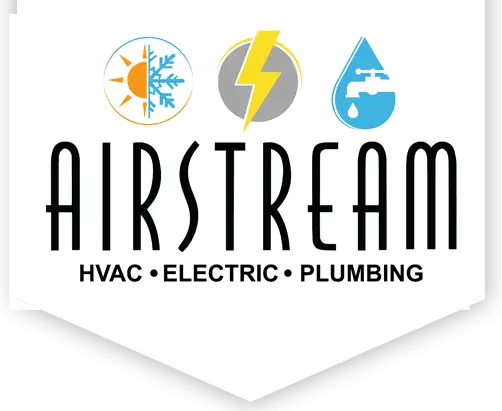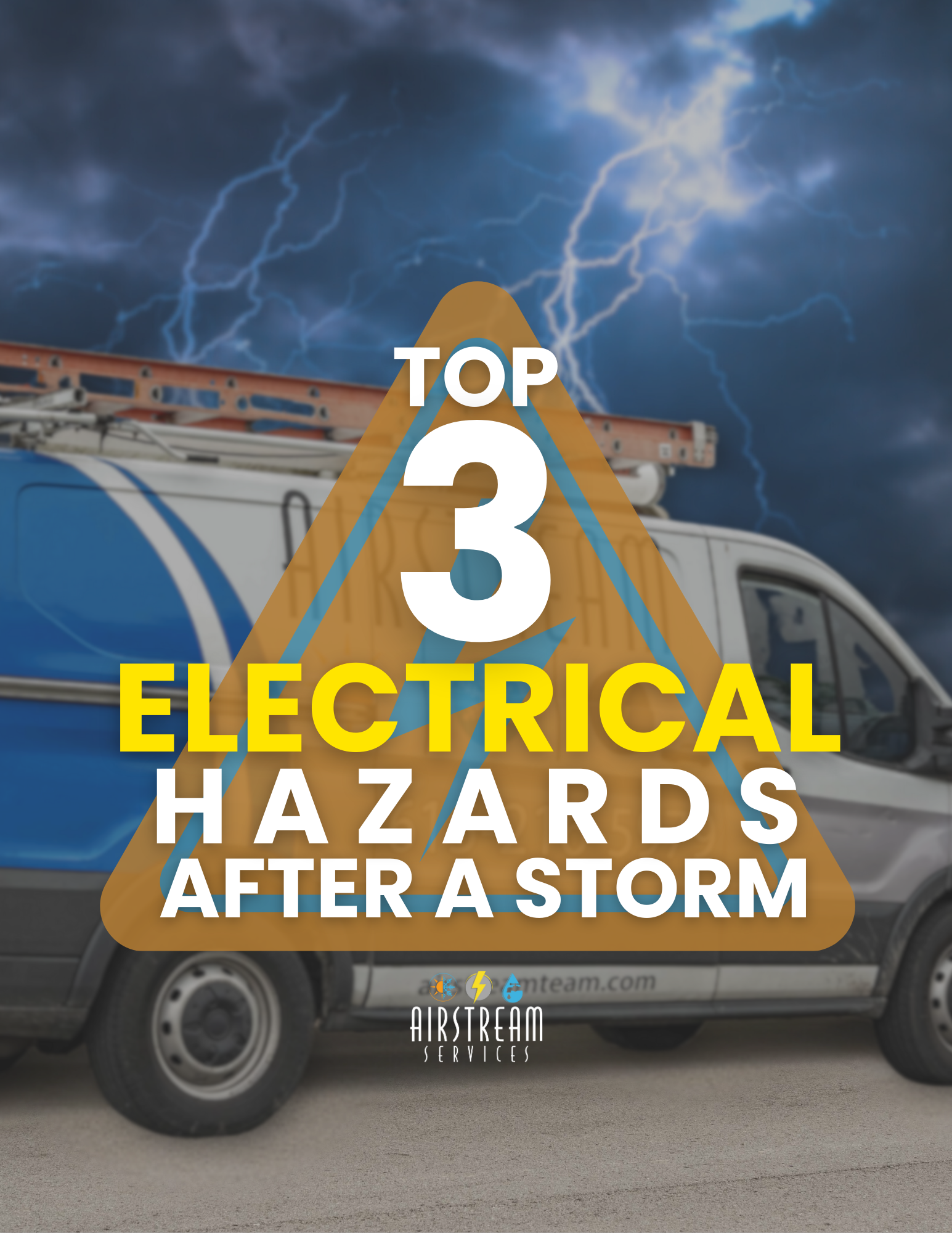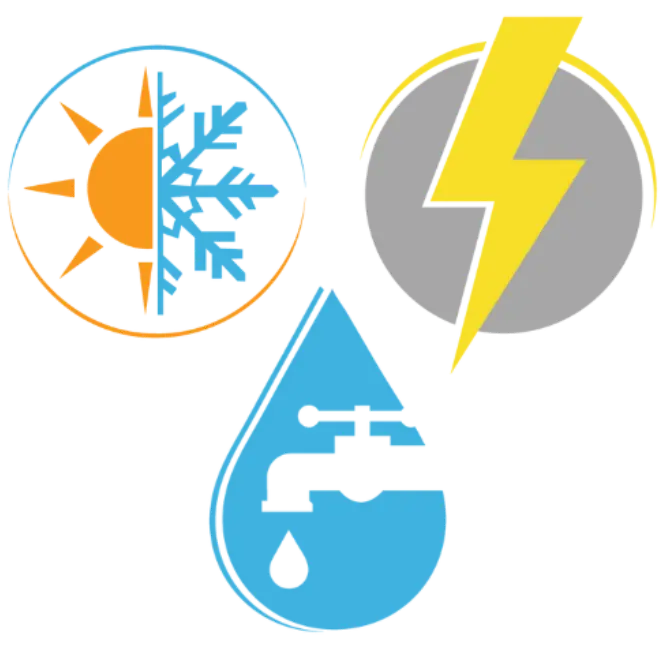
Steps to Take When Dealing With Low Water Pressure
When I first encountered low water pressure in a home, I knew there was a series of checks and repairs required to restore optimal flow. In this article, I share the steps homeowners can take when facing low water pressure issues. By addressing common causes, performing simple repairs, and knowing when to upgrade their plumbing system or install booster systems, you can keep your water flow steady.
Identify Common Causes of Low Water Pressure in Your Home
Low water pressure typically starts with issues that restrict water flow. Common culprits include clogged pipes, malfunctioning water meters, partially closed shutoff valves, damaged pressure regulators, leaks, and even seasonal temperature changes. Understanding these causes can help you troubleshoot effectively.
Check for Clogs in Pipes and Fixtures That Restrict Flow
Mineral buildup or debris in pipes, aerators, shower heads, and faucets can reduce flow. Regularly inspecting and cleaning these fixtures, and checking older pipes for corrosion, can help restore full pressure.
Assess Water Meter Settings for Potential Issues
A water meter with incorrect settings may restrict water volume. Ensure the meter is properly installed and programmed; recalibrate or contact your water supplier if you notice discrepancies.
Examine the Main Shutoff Valve for Proper Functionality
A shutoff valve that isn’t fully open or is damaged can cause low pressure. Confirm that the valve is completely open and free from obstructions. Replace it if wear or damage is evident.
Inspect Pressure Regulator for Malfunction or Damage
A failing pressure regulator can lead to unpredictable flow rates. If the device does not maintain the proper setting, consider replacing or adjusting it according to the manufacturer’s instructions.
Look for Leaks in Plumbing That May Affect Pressure
Even small leaks can lower the effective water pressure by diverting water. Check for damp spots, water stains, or unexpectedly high water bills. Repairing leaks not only restores pressure but prevents water damage.
Perform Simple Repairs to Improve Water Pressure
Once you’ve determined the cause, many issues can be addressed with straightforward repairs that save time and money.
Clean Aerators and Showerheads to Remove Mineral Buildup
Soak aerators and showerheads in a vinegar solution and gently scrub them to remove mineral deposits. Regular cleaning can boost water flow and prolong fixture life.
Fix Leaky Faucets and Toilets to Reduce Water Waste
Small leaks in faucets and toilets waste water and reduce pressure. Replacing worn washers or valves quickly can restore system capacity and conserve water.
Tighten Loose Connections to Enhance Flow Efficiency
Loose or corroded connections may interrupt water flow. Check accessible pipe joints and connections, and use the proper tools to secure them.
Replace Old or Damaged Pipes to Restore Pressure
Corroded or damaged pipes can hinder water flow. Replacing these sections with modern materials like copper or PEX not only improves pressure but also water quality.
Consider Upgrading Your Plumbing System for Better Results
If repairs don’t fully restore pressure, consider a system upgrade. Modern plumbing materials and fixtures can offer lasting improvements and help prevent future issues.
Install a Water Pressure Booster System for Improvement
For consistently low water pressure despite repairs and upgrades, a booster system can re-energize your water supply, especially in older homes or areas with low municipal pressure.
Select the Right Booster System Based on Home Size
Choose a booster system that matches your home’s size and water demand. Measuring peak water usage and pressure levels helps in selecting the proper unit for reliable performance.
Seek Professional Help When Facing Persistent Issues
If low water pressure continues despite your repairs and efforts, it may be time to call in experienced professionals.
Choose Licensed Plumbers for Accurate Assessments
Select licensed, reputable plumbers to thoroughly diagnose your water system. Their expertise ensures that the root cause is correctly identified and effectively resolved.
Final Thoughts
Restoring low water pressure can be challenging, but by systematically identifying issues, performing simple repairs, and considering upgrades, homeowners can greatly improve their water flow. Regular monitoring, conservation efforts, and professional assessments are key to sustaining a reliable water supply and protecting your home’s plumbing system.



